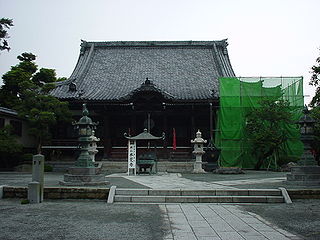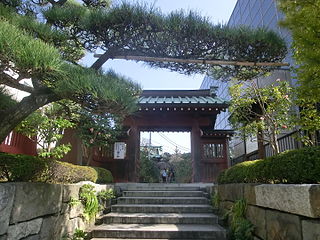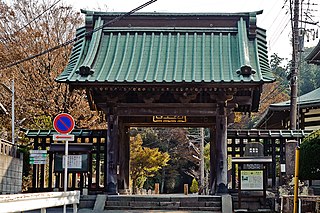Self-guided Sightseeing Tour #3 in Kamakura, Japan
Legend
Guided Free Walking Tours
Book free guided walking tours in Kamakura.
Guided Sightseeing Tours
Book guided sightseeing tours and activities in Kamakura.
Tour Facts
6.4 km
82 m
Experience Kamakura in Japan in a whole new way with our free self-guided sightseeing tour. This site not only offers you practical information and insider tips, but also a rich variety of activities and sights you shouldn't miss. Whether you love art and culture, want to explore historical sites or simply want to experience the vibrant atmosphere of a lively city - you'll find everything you need for your personal adventure here.
Activities in KamakuraIndividual Sights in KamakuraSight 1: Hase-dera temple
Get Ticket*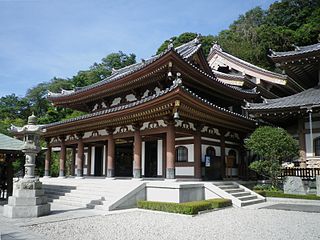
Hase-dera , commonly called the Hase-kannon (長谷観音) is one of the Buddhist temples in the city of Kamakura in Kanagawa Prefecture, Japan, famous for housing a massive wooden statue of Kannon.
Sight 2: Shūgenji Temple
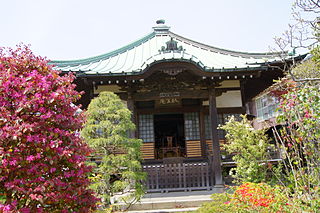
Shugenji Temple is a temple of Nichiren Buddhism located in Kamakura City, Kanagawa Prefecture. The name of the mountain is Mt. Shijo. The main Buddha is the Ten Realms Mandala. The former main temple is Gyotokiyama Mitsunori Temple. Ikegami and Totomi store law.
Sight 3: 稲瀬川
The Inase River flows through the Hase district of Kamakura City, Kanagawa Prefecture, and flows into Sagami Bay on the Yuigahama coast. It is said that it is this river that is described in the "Manyoshu" as "Mina Nose River Night" (Mina Nose River Night), and the Minase River was changed to the name Inase River. In the early Kamakura period, it was considered the western boundary of Kamakura. In addition, in kabuki works made in the Edo period, the name was used to resemble the Sumida River in Edo.
Sight 4: 和田塚
Wadazuka is a medieval memorial mound that is said to have been dedicated to the army of Yoshimori Wada, located at 3-4-7 Yuigahama, Kamakura City, Kanagawa Prefecture. Originally, it was called "Mujodo Mound", and there is a theory that it was one of the Kofun Tombs and Mukaihara Kofun groups from the same Kofun period as the Kagime Mound where the Haniwa (Yokohama National University, Kyoto University collection) and Magata Haniwa were excavated. However, there are some doubts about the use of Wadazuka as an ancient burial mound.
Sight 5: 畠山重保墓
Hatakeyama Rokurō Shigeyasu (畠山六郎重保) was a Kamakura period warrior who fell victim of political intrigue in 1205. The grave under a tabu no ki tree near the Yuigahama end of Wakamiya Ōji Avenue in Kamakura, Kanagawa Prefecture, Japan and next to Tsurugaoka Hachiman-gū's first torii is traditionally supposed to be his. It is an Important Cultural Property and a famous example of hōkyōintō. Famous for the quality of its manufacture, the hōkyōintō' is 3.45 m tall and is made of andesite.
Sight 6: Moto Hachiman
Moto Hachiman (元八幡) is a small but very old and historically important Shinto shrine in Kamakura, Kanagawa Pref., Japan.
Sight 7: Keiunji Temple
Keiunji Temple is a temple of Nichiren Buddhism located in Kamakura City, Kanagawa Prefecture. The name of the mountain is Shokoyama. The opening of the mountain is a blessing in disguise. The former main temple is Ōmotoyama Honkuji Temple (Rokujōmon-ryū). Konishi Horen.
Sight 8: 向福寺
Kofukuji Temple is a temple of Tokimune located in Kamakura City, Kanagawa Prefecture.
Sight 9: Myocho-ji
Myōchoji Temple is a temple of Nichiren Buddhism located in Kamakura City, Kanagawa Prefecture.
Sight 10: 来迎寺
Raikoji Temple is a temple of Tokimune located in 2-chome, Kamakura, Kanagawa Prefecture.
Sight 11: 安養院
Gionzan An’yō-in Chōraku-ji (祇園山安養院長楽寺) is a Jōdo shū Buddhist temple in Kamakura, Kanagawa, Japan. Famous for its rhododendrons, it was named after its founder's posthumous name. The main object of worship is Amida Nyorai, but it also enshrines Senju Kannon, Goddess of Mercy. An’yō-in is Number three of the 33 temples of the Bandō Sanjūsankasho pilgrimage circuit.
Sight 12: 常栄寺(ぼたもち寺)
Joeiji Temple is a Nichiren Buddhist temple located in Omachi, Kamakura City, Kanagawa Prefecture. The name of the mountain is Hui Yun Mountain. In the 11th year of Keicho (1606), the Soan, which had existed since the Kamakura period, was opened by Nichiyu-nun, and Nichi-jojin opened the mountain. The honzon is the Three Treasures Ancestor. Due to the auspiciousness described later, it is known as Botamochi Temple (Peony Mochi Temple). The former main temple is Hikiya Myohonji Temple, Ikegami and Kagurazaka Hoen.
Sight 13: Hongaku-ji Temple
Hongakuji Temple is the main temple of Nichiren Buddhism in Kamakura City, Kanagawa Prefecture. The name of the mountain is Mt. Myogon. It is also called "Higashi Minobu" because it divided the remains of Nichiren at Kuonji Temple on Mt. Minobu. It is located near Kamakura Station, and across the street from Komachi Oji (Tsuji Kyoho Street) is the Chokozan Myohonji Temple, the main temple of Nichiren Buddhism.
Sight 14: 大巧寺
Daigyoji is an independent Nichiren sect temple located in Komachi, Kamakura City, Kanagawa Prefecture. It is known as a temple that conducts prayers for safe childbirth and does not have specific parishioners. Its former head temple is Myohonji in Hikigayat.
Sight 15: Myohonji Temple
Myōhon-ji (妙本寺) is one of the oldest Nichiren sect temples in Kamakura, Kanagawa. Its official name is Chōkō-zan Myōhon-ji (長興山妙本寺). "Chōkō" comes from the posthumous name of Nichiren's father and "Myōhon" from his mother's.
Share
How likely are you to recommend us?
Disclaimer Please be aware of your surroundings and do not enter private property. We are not liable for any damages that occur during the tours.
GPX-Download For navigation apps and GPS devices you can download the tour as a GPX file.
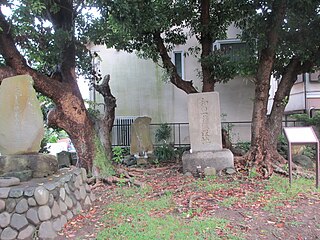
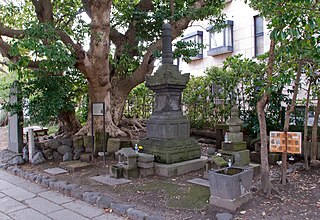
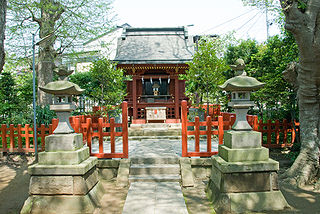
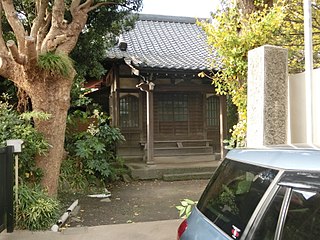
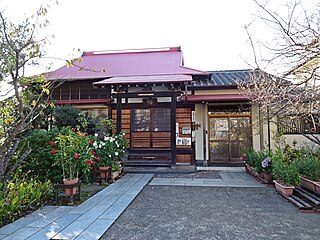
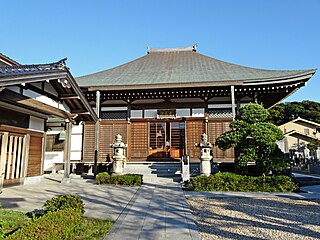
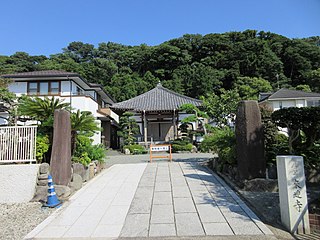
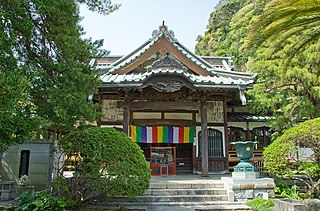
.jpg)
